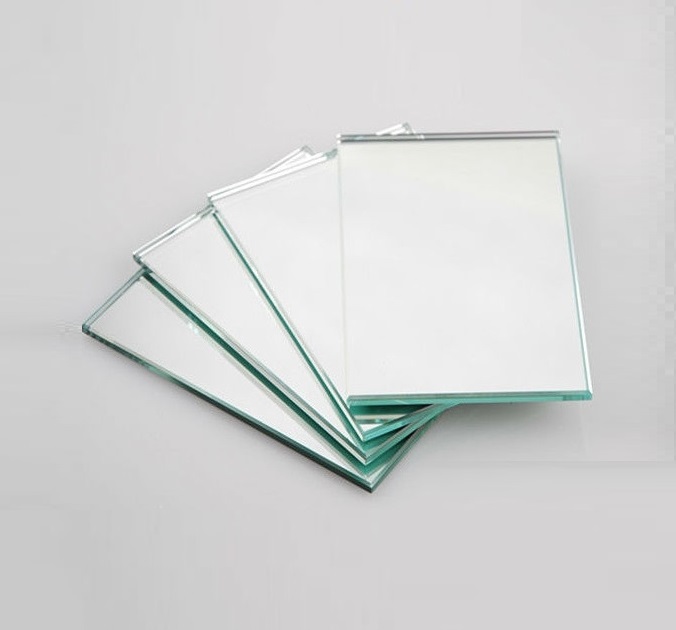
Mirror Glass
Mirror glass, with its reflective surface, stands as an iconic element in design, imparting sophistication and practical utility to a variety of spaces. It is created by coating the back of a glass panel with a reflective material, typically aluminum or silver, which produces a clear and highly reflective surface. Mirror glass has transcended its conventional use in dressing rooms and bathrooms, finding diverse applications across residential, commercial, and artistic settings.
Key Characteristics
Reflectivity: The primary characteristic of mirror glass is its ability to reflect light and images. This reflective quality not only serves aesthetic purposes but also enhances the perception of space, making rooms appear larger and brighter.
Versatility: Mirror glass is available in various shapes, sizes, and finishes, making it a versatile design element. It can be framed, backlit, or integrated into various surfaces to achieve specific aesthetic goals.
Enhanced Lighting: By reflecting natural or artificial light, mirror glass contributes to improved illumination in interiors. This quality is especially beneficial in spaces with limited natural light, creating a more vibrant and inviting atmosphere.
Common Uses of Mirror Glass
Interior Decor: Full-length mirrors, wall-mounted mirrors, and mirrored furniture are common elements in interior decor. Mirrored surfaces add depth to a room, create visual interest, and enhance the overall design scheme.
Bathrooms and Dressing Rooms: Mirrors in bathrooms and dressing rooms are classic applications. They serve both functional and aesthetic purposes, providing a reflective surface for grooming activities while enhancing the sense of space.
Furniture Design: Mirrored surfaces are incorporated into furniture design, including coffee tables, cabinets, and wardrobes. This adds a touch of glamour and elegance to furniture pieces while contributing to the illusion of spaciousness.
Send enquiry Pay Online
Pay Online